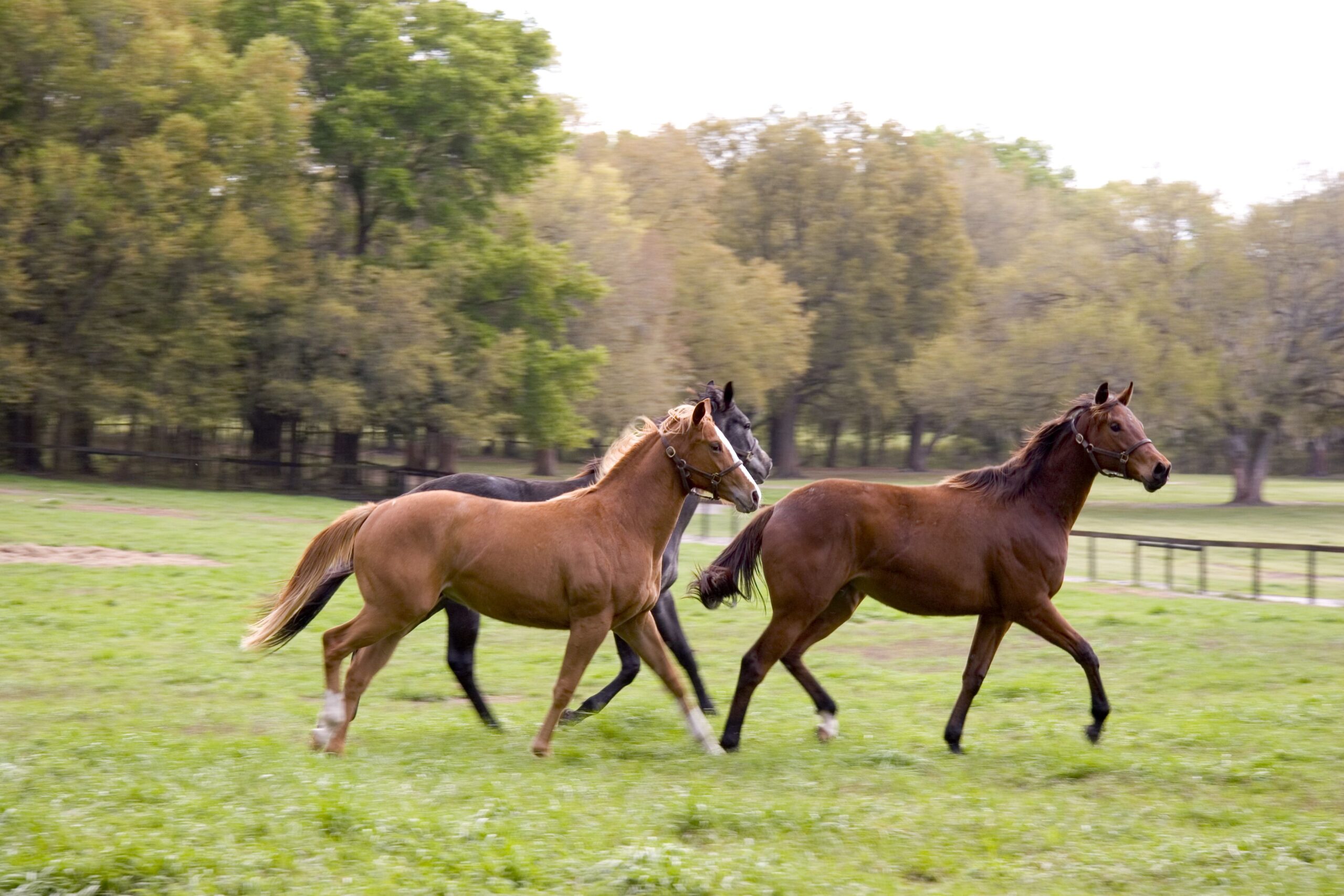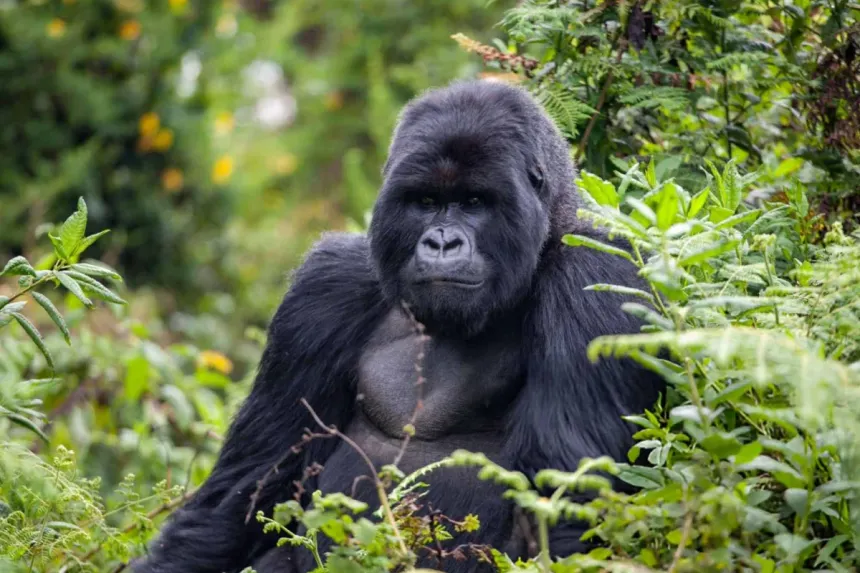Skip to content
- Horses can sleep standing up thanks to a “stay apparatus” in their legs that locks their joints.
- They also lie down to sleep — especially during deep REM sleep.
- Horses have a nearly 360-degree field of vision, with blind spots only directly in front and behind.
- A horse’s eyes are the largest of any land mammal.
- Horses can run within hours of birth — a survival trait from their wild ancestors.
- There are over 350 different breeds of horses around the world.
- Horses use facial expressions, ear movements, and tail flicks to communicate.
- The average horse’s heart weighs about 10 pounds (4.5 kg).
- A horse’s age can often be estimated by its teeth.
- Horses can recognize human emotions and even remember friendly or aggressive treatment.
- A horse’s sense of hearing is more acute than a human’s — and they can move each ear independently.
- Horses have excellent memories, especially for people and places.
- The fastest recorded sprint by a horse is about 55 mph (88.5 km/h).
- Mustangs, often considered wild, are actually feral horses descended from domesticated ones.
- Horses have 18 pairs of ribs, while humans have only 12.
- The hoof is made of keratin, the same substance as fingernails — and grows continuously.
- A healthy hoof grows about 1/4 inch (6mm) per month.
- Horses have only one toe per foot, but evolved from ancestors with multiple toes.
- Horses can’t vomit, due to a strong lower esophageal sphincter.
- A horse’s tail contains about 18 vertebrae and can express mood or discomfort.
- The oldest known horse lived to be 62 years old — his name was “Old Billy.”
- Horses use their whiskers to sense objects near their face.
- The longest horse mane ever recorded was over 18 feet (5.5 meters) long!
- Arabian horses have one fewer rib, vertebra, and tail bone than most other breeds.
- In total, horses have 205 bones in their skeleton.
- Horses cool themselves by sweating, just like humans.
- Horses form strong bonds with herd mates and humans, showing loyalty and affection.




